Breathing in clean, fresh air isn’t just a luxury; it’s a necessity for good health. Yet, many people overlook the importance of indoor air quality. Poor air quality can lead to a host of health issues, from minor irritations like allergies to more severe conditions such as asthma. The goal of this post is to walk you through different methods for maintaining better air quality in your home. You’ll learn about common pollutants, the importance of ventilation, the role of houseplants, and much more. So, let’s dive in and explore how you can make your home a sanctuary for clean air.
Contents
- 1 The Invisible Threats In Your Home
- 2 Why Ventilation Matters
- 3 Houseplants: Your Green Warriors
- 4 Air Purifiers: A Worthwhile Investment?
- 5 The Importance Of Humidity Control
- 6 Regular Cleaning: More Than Just Aesthetics
- 7 Maintenance Checks: Your Air Quality Audit
- 8 Future-Proofing Your Home
- 9 The Path To Purer Air: Your Next Steps
The Invisible Threats In Your Home

Indoor air pollution is a silent invader that can compromise your health. Pollutants like dust, pet dander, and volatile organic compounds (VOCs) are more common than you might think. These substances can accumulate over time, turning your home into a hotbed for health issues. Recognizing these pollutants is the first step in a multi-pronged approach to improving your indoor air quality.
And unfortunately, the health implications of poor air quality are far-reaching. Symptoms can range from minor irritations like itchy eyes and a runny nose to more severe conditions such as chronic respiratory diseases. Vulnerable populations like children and the elderly are particularly at risk. The stakes are high, making it imperative to act now to improve the air quality in your home.
Why Ventilation Matters

Proper ventilation is a cornerstone of healthy indoor air. It circulates fresh air, diluting the concentration of pollutants. Simple actions like opening windows or using exhaust fans in the kitchen and bathroom can make a significant difference. However, ventilation is not a silver bullet; it’s one part of a broader strategy to improve indoor air quality.
Poor ventilation can actually exacerbate air quality issues. In modern, energy-efficient homes, a lack of adequate ventilation can lead to a buildup of pollutants, making the air you breathe even more hazardous. Therefore, while good ventilation is essential, it should be complemented by other methods to effectively improve air quality.
Houseplants: Your Green Warriors
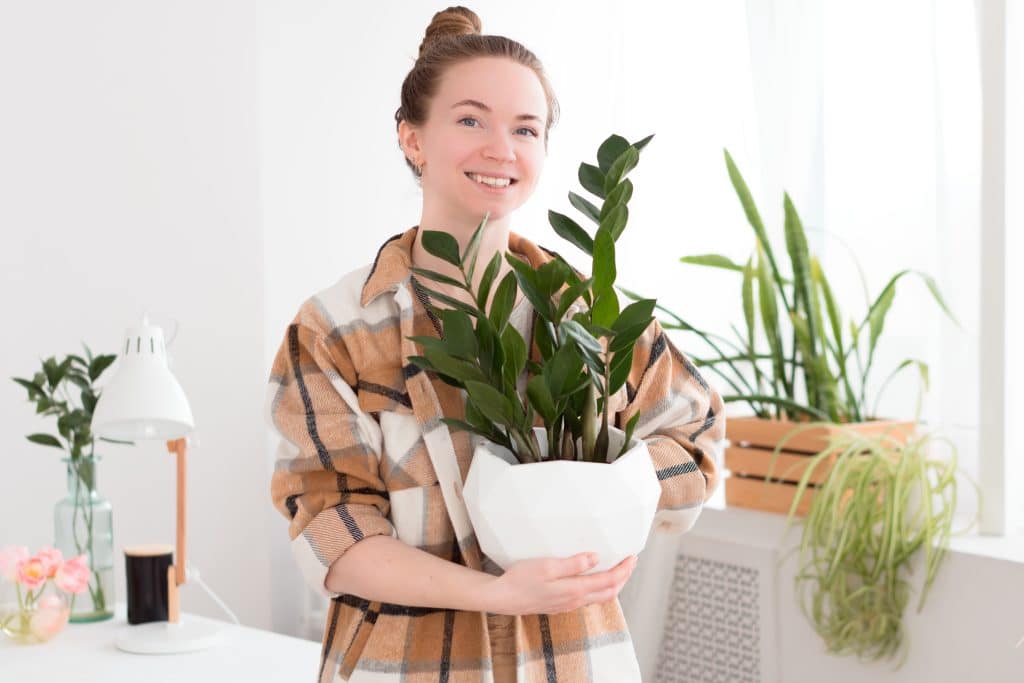
Houseplants offer more than just aesthetic value; they serve as natural air purifiers. Plants like the spider plant, snake plant, and peace lily are particularly effective at absorbing pollutants such as formaldehyde and benzene. They act as living air filters, making your home environment healthier. However, it’s important to manage expectations.
While houseplants contribute to better air quality, they are not a standalone solution. They should be viewed as a complementary measure to other air quality improvement methods like proper ventilation and regular cleaning. And while plants may be a relatively low-cost solution, their effectiveness depends on upkeep and maintenance. Watering, pruning, and fertilizing are all essential for keeping your plant friends healthy and performing at their best.
Air Purifiers: A Worthwhile Investment?
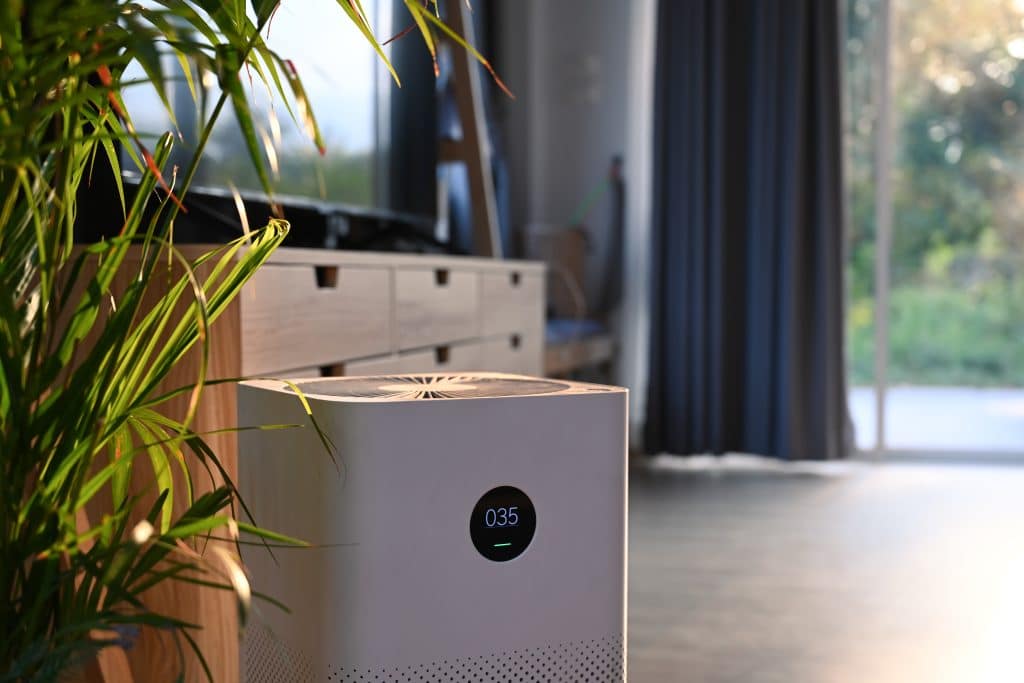
Air purifiers have gained popularity as a quick fix for improving indoor air quality. These devices work by drawing in air and passing it through filters that capture pollutants. They can be particularly effective in rooms with poor ventilation or in homes with allergy sufferers. However, choosing the right type of air purifier is crucial, as not all are equally effective.
While air purifiers can be a useful tool, they come with their own set of limitations. For instance, they can be expensive to purchase and maintain, as filters need to be replaced regularly. Additionally, they are generally effective only in the room where they are placed, meaning multiple units may be needed for larger homes. Therefore, while air purifiers can contribute to better air quality, they should be part of a broader strategy.
The Importance Of Humidity Control
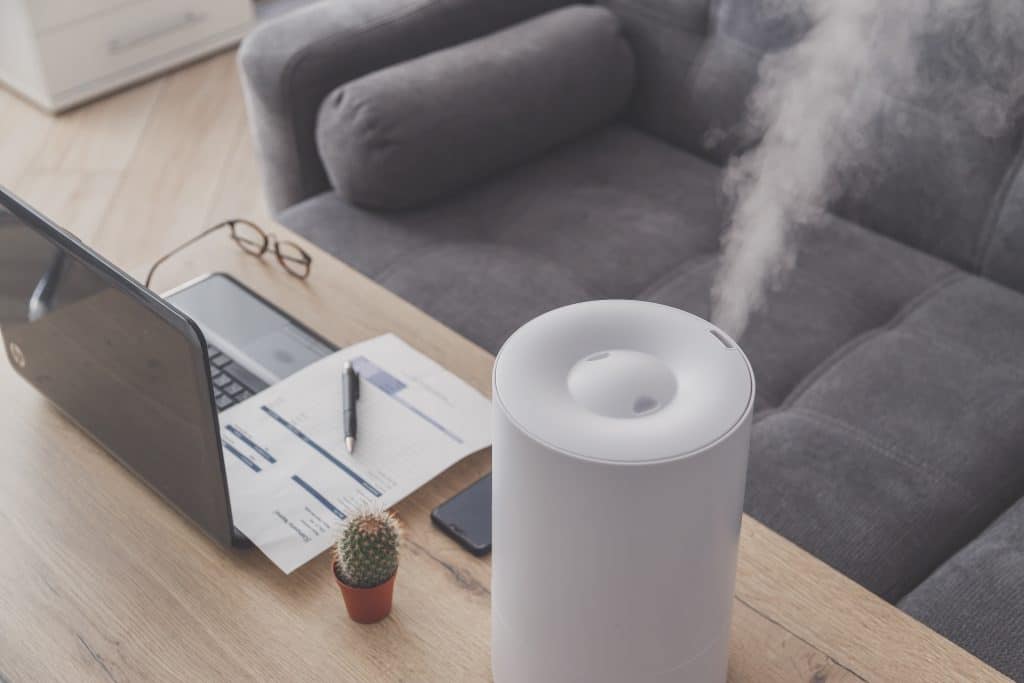
Humidity levels can significantly impact the quality of air in your home. Both too much and too little humidity can create problems. High humidity levels can lead to mold growth and increase the concentration of airborne pollutants, while low humidity can cause respiratory issues and skin irritation. Therefore, maintaining an optimal humidity level, generally between 30-50%, is crucial for good air quality.
To control humidity, consider using a humidifier or dehumidifier as needed. Additionally, simple actions like using exhaust fans in bathrooms and kitchens can help. Plants can also contribute to maintaining optimal humidity levels, making them a multi-functional asset in your quest for better air quality.
Regular Cleaning: More Than Just Aesthetics

Regular cleaning goes beyond making your home look nice; it’s a vital part of maintaining good air quality. Dusting, vacuuming, and mopping can significantly reduce the levels of pollutants. Pay special attention to areas that tend to accumulate dust, like carpets, upholstery, and electronic equipment.
When cleaning, opt for natural cleaning products over those laden with chemicals, as the latter can emit harmful VOCs into the air. Also, don’t underestimate the power of a good vacuum cleaner. Look for one with a HEPA filter, which can capture particles as small as 0.3 microns, effectively removing potential allergens from your living space.
Maintenance Checks: Your Air Quality Audit
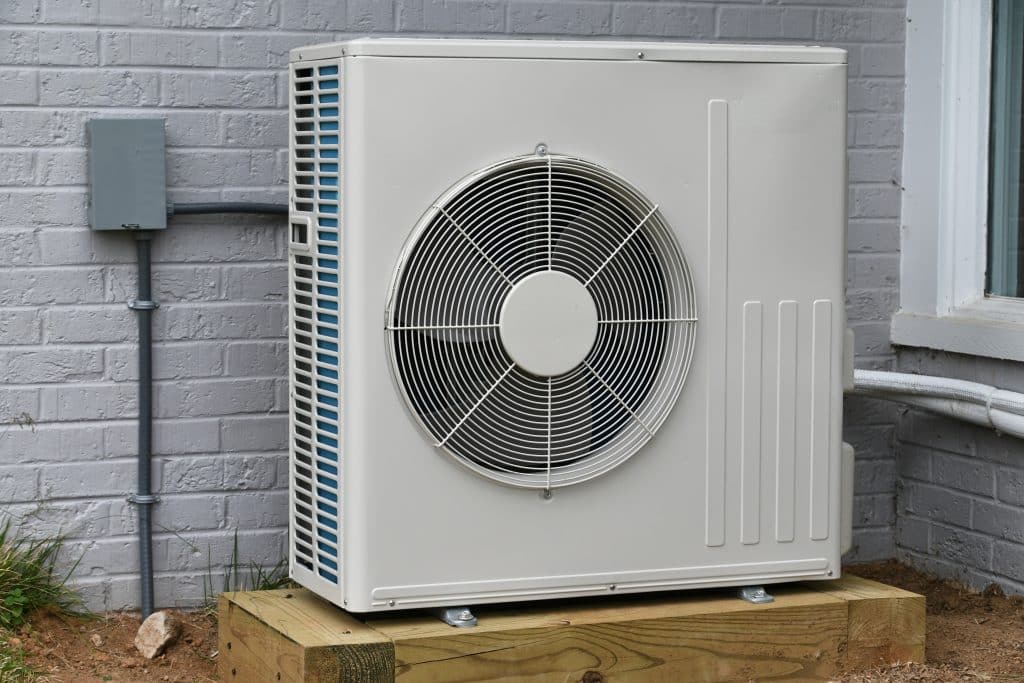
Regular maintenance checks on your HVAC system can go a long way in ensuring better air quality. Dirty filters can reduce the efficiency of your system and circulate pollutants throughout your home. Therefore, it’s advisable to change or clean these filters every 1-3 months, depending on usage.
If you’re serious about maintaining good air quality, consider investing in DIY air quality test kits. These kits can measure levels of pollutants like VOCs, particulate matter, and even radon. While not a substitute for professional evaluation, they can provide valuable insights into the state of your home’s air quality.
Future-Proofing Your Home
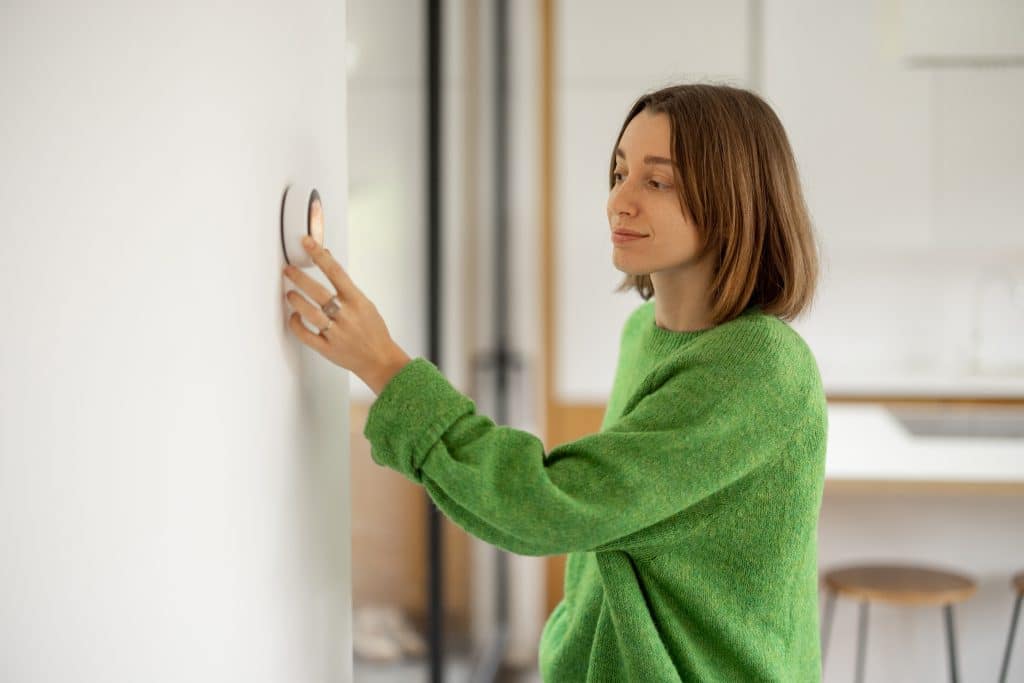
Smart home technologies are making it easier than ever to monitor and control air quality. Devices like smart thermostats and air quality monitors can provide real-time data, allowing you to make immediate adjustments. These technologies can be particularly useful for those with health conditions that make them more susceptible to air quality issues.
Long-term strategies for maintaining good air quality might include home renovations like installing better ventilation systems or using building materials that don’t emit VOCs. While these measures may require a significant investment, the benefits to your health and well-being can make it worthwhile.
The Path To Purer Air: Your Next Steps
You’ve taken the first step by educating yourself about the importance of indoor air quality. Now, it’s time to put that knowledge into action. Whether it’s through investing in an air purifier, adding a few houseplants, or simply opening a window for better ventilation, each action you take contributes to a healthier living environment. Don’t underestimate the power of incremental changes; they can add up to make a significant impact. So get started today and breathe easier in a home that’s not just a living space but a sanctuary for well-being!



